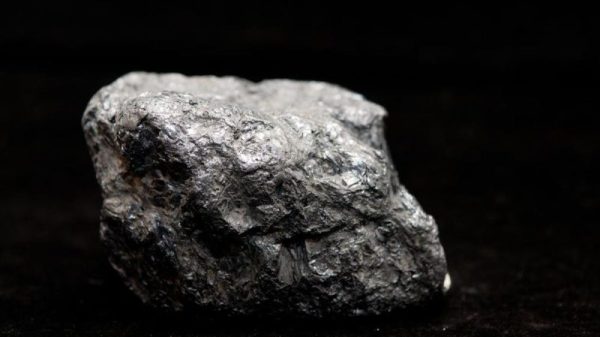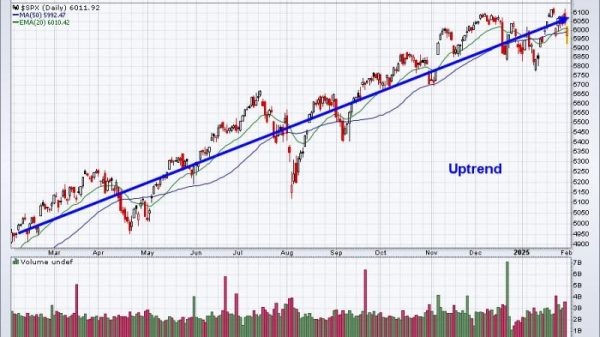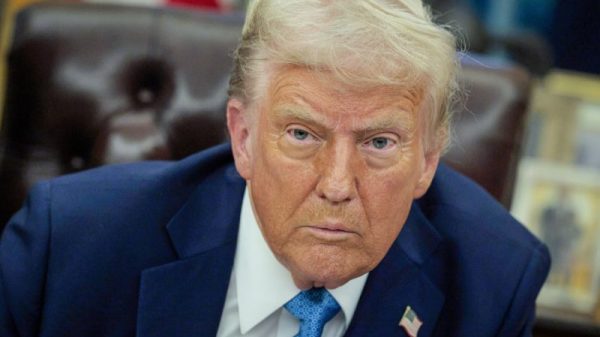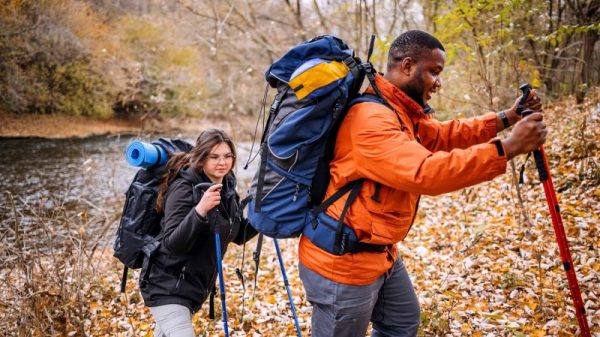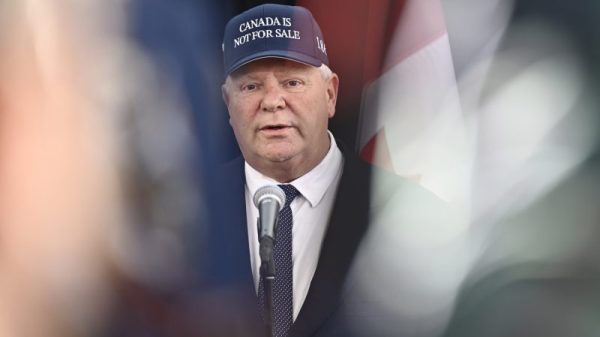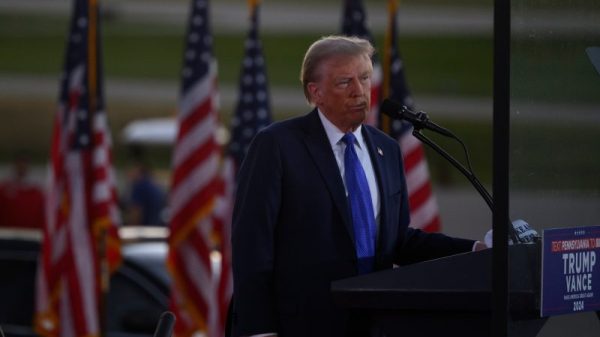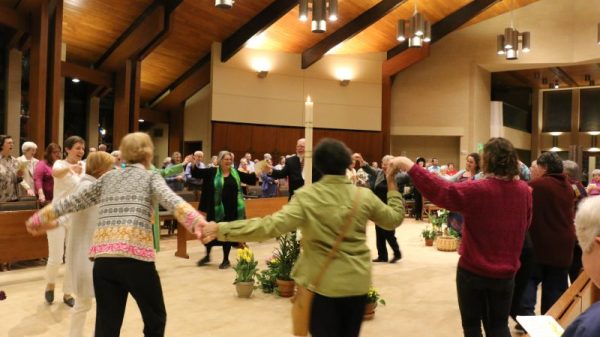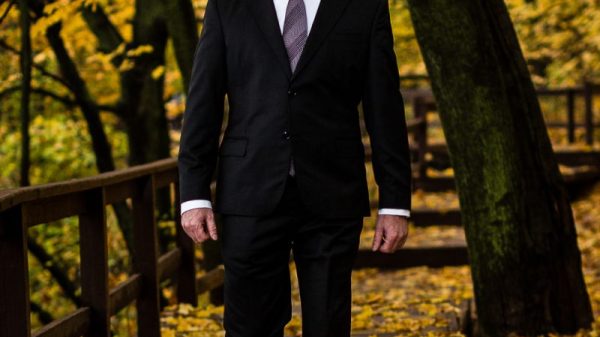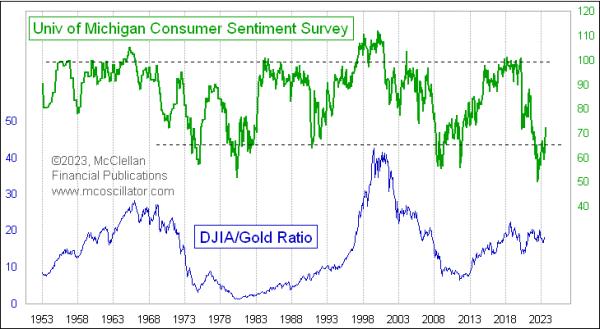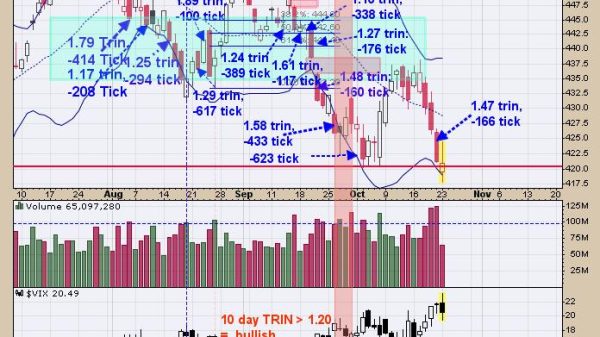The Justice Department formally urged a federal judge Friday to reject calls by news organizations and by former president Donald Trump’s defense to allow live television coverage of his federal trial in March on charges of illegally conspiring to subvert the results of the 2020 election, joining a potentially historic legal battle over public access to the federal courts.
Last month, lawyers for a coalition of news organizations including The Washington Post and for the corporate parent of NBC News filed two petitions in Washington asking U.S. District Judge Tanya S. Chutkan to make an exception to the long-standing rule barring cameras from federal courtrooms for Trump’s case and to permit the televising, recording, or same-day release of video and audio recordings of his trial.
“Since the founding of our Nation, we have never had a criminal case where securing the public’s confidence will be more important than with United States v. Donald J. Trump,” attorneys for the 20-member news coalition wrote in an Oct. 5 application. They asserted that the trial of a former president and presumptive 2024 presidential nominee on charges of obstructing the most recent election “presents the strongest possible circumstances for continuous public oversight of the justice system.”
In a separate sworn statement supporting NBC’s request, Rebecca Blumenstein, the president of editorial for NBC News, urged the video recording of Trump’s proceedings for posterity, saying, “It would be a great loss if future generations of Americans were forever deprived of being able to access and view the events of this trial even years after the verdict, which would immeasurably improve the ability of future journalists and historians to retell accurately and meaningfully analyze this unique chapter of American history.”
Trump defense attorney John Lauro repeatedly called for the election subversion case to be televised before and after Trump’s indictment, adding in a Fox News interview, “and I would hope the Department of Justice would join in that effort so that we take the curtain away and all Americans get to see what’s happening.”
Ordered by Chutkan to respond by Friday, prosecutors with special counsel Jack Smith said that the court’s hands were tied, arguing that the media applicants’ proposal “is clearly foreclosed under Rule 53 of the Federal Rules of Criminal Procedure,” which prohibits “the broadcasting of judicial proceedings from the courtroom.”
Courts have long upheld the rule’s constitutionality, and the federal judiciary reaffirmed the policy in criminal cases as recently as September, assistant special counsels James I. Pearce and John M. Pellettieri wrote in an 18-page filing for the Justice Department, adding, “Whatever policy the Applicants believe supports their requested relief is not properly directed to the Court. … This Court should deny the Applications.”
Since the dawn of the television age, federal courts have prohibited cameras in the courtroom, wary of feeding what the Supreme Court called in a landmark 1966 decision a “carnival atmosphere” of publicity that could intimidate witnesses, sway jurors, prompt grandstanding by attorneys or judges or deprive criminal defendants of their due process rights. That fear was exacerbated nearly three decades ago by the nine-month televised criminal trial and acquittal of retired football star O.J. Simpson on state murder charges in California.
But leaps in technology, the recent coronavirus pandemic emergency and increasing experimentation by federal courts with live or recorded streaming of oral arguments have led some lawmakers and advocates to ask whether Trump’s case might mark a fresh tipping point in the debate, or at least provide the impetus for incremental changes such as the archiving of video or the prompt release of audio recordings.
“I have my skepticisms about whether these courtroom-camera efforts can prevail, but it is also unquestionably the case that the argument for cameras here is at its all-time strongest,” University of Utah law professor RonNell Andersen Jones wrote in an email, adding, “It is hard to imagine any case or any defendant in the whole history of our federal courts that is as central to the public interest as this one.”
Jones said traditional concerns about creating a “circus atmosphere” or causing problems for witnesses or defendants can be addressed by limiting access to one camera or releasing footage after court approval. “Audio streaming,” she said, “although it would rob the audience of the key visual cues and still give rise to misinformation-laden disputes about interpretation, would be another option that would at least give the general public more concrete information about what is happening.”
Trump has pleaded not guilty to an Aug. 1 indictment accusing him of a criminal conspiracy to remain in office, obstruct Congress’s lawful certification of Joe Biden’s victory and deprive Americans of their civil right to have their votes counted.
The case is one of four felony prosecutions launched this year against Trump. They include similar allegations by Georgia officials of trying to obstruct that state’s election results. He also has been federally indicted in Florida over his alleged retention and mishandling of classified documents and obstruction after leaving the White House, and is accused in New York state of business fraud and covering up a hush money payment made during the 2016 election campaign.
Trump’s federal cases both fall under the rule barring televised courtroom proceedings. New York state courts have a similar ban, although acting New York Supreme Court justice Juan M. Merchan permitted photographers to record still images before Trump’s arraignment in April, over Trump’s objections. By contrast, Trump’s Georgia court is expected to permit telecasting of his trial, and it streams all hearings on the court’s YouTube channel and permits a “pooled” news television camera in the courtroom.
The news media coalition pointed out that Trump’s Senate impeachment trial after the Jan. 6, 2021, attack on the U.S. Capitol and hearings of the House select committee that investigated events surrounding the rioting were both nationally televised, drawing opening-day television audiences averaging more than 11 million and 20 million, respectively, not counting online viewers.
A legal team led by Charles D. Tobin, of the Ballard Spahr law firm, argued in a letter to the federal judiciary that with Trump himself campaigning for the presidency by claiming that his criminal prosecutions are “election interference” by prosecutors, allowing the public to see for itself would alleviate, not intensify, challenges to the legitimacy of the rule of law.
“If Americans do not have confidence that Mr. Trump is being treated fairly by the justice system, there is a very real chance they will reject the verdict (whatever it is) and that their faith in democracy and our institutions will be further diminished,” Tobin and attorney Leita Walker wrote. “Recent and painful events in our Nation’s Capital show that, taken to an extreme, this sort of doubt and cynicism can lead to violence.”
Trump and the news media are not alone in seeking to speed change in the federal judiciary. Dozens of Democratic lawmakers and a spokesperson for the Republican-led House Judiciary Committee have said they support cameras in court in the “limited but extraordinary circumstance” of Trump’s election obstruction case, and the full House has voted in the past for such changes.
A bipartisan group of senators also introduced legislation this year before Trump’s federal indictments to grant federal judges discretion to allow cameras while protecting the identities of witnesses and jurors.
“If the public is to fully accept the outcome, it will be vitally important for it to witness, as directly as possible, how the trials are conducted, the strength of the evidence adduced and the credibility of witnesses,” Rep. Adam B. Schiff (D-Calif.) wrote to the federal judiciary in August in regard to Trump’s case.
The pandemic did usher in revolutionary changes in federal and state courts, which were compelled to adopt live-streaming because of pandemic restrictions on indoor gatherings that affected jurors, attorneys, court staffers and the public. The Supreme Court began live-streaming audio of oral arguments, and all federal appellate courts, including the one in D.C., make audio of oral arguments available online.
Under since-expired federal pandemic emergency legislation, U.S. trial courts around the country also allowed federal criminal proceedings to take place by video or audio conferencing, with many allowing the public to access the proceedings by phone or online.
In a milestone proceeding, the televised state trial of former Minneapolis police officer Derek Chauvin, who was found guilty of murder and manslaughter in the death of George Floyd, won praise from many past critics of the exclusionary practice. The Minnesota Supreme Court afterward granted all district courts in that state broad discretion to allow video coverage of most criminal trials.
“Even hardcore opponents … became converts,” Jane E. Kirtley, a professor of media ethics and law at the University of Minnesota, wrote in an email. Yet, Kirtley said, while it was her “sincere hope” that U.S. courts would go along at least with audio live-streaming, “I cannot be optimistic,” given the federal judiciary’s “implacable” and long-standing opposition.
“Judges don’t like to give up control, and they see cameras in the court as the camel’s nose under the tent,” she said.
The federal district court in Washington, no stranger to high-profile cases, for nearly two decades has offered live closed-circuit transmission of video taken from the courthouse’s own cameras to nearby overflow rooms used by the public and media to permit electronic note-taking and live written and online reporting — but not recording or rebroadcast — showing that changes are possible. Still, advocates face an uphill fight.
On Oct. 26, a rulemaking panel of the national policymaking body for the federal courts denied the request by media coalition lawyers to exempt Trump’s case from Rule 53. An advisory panel to the Federal Judicial Conference found it has no authority to grant exceptions to clear-cut rules, as first reported by Politico.
But the panel agreed to create a subcommittee to consider a future rule change that would allow exceptions in extraordinary cases or at a judge’s discretion. Changing a rule under a process set by federal law generally takes three years and requires public comment and the approval of the panel, the full conference of federal judges, the U.S. Supreme Court and Congress.





